It’s no secret that the public relations industry has been irreversibly changed since social media became an integral part of everyday life. It has become impossible to ignore social media’s impact and role in the industry, from media relations to campaign strategy. And while social media might just be a fun way to find cute cat videos for some, it is also essential for public relations professionals to understand its greater potential. Luckily, we’re here to share our expertise with four ways that social media can most effectively be used as a PR tool!
1. Hashtags
Incorporating a relevant hashtag into a public relations campaign is arguably the best way to create brand awareness, promote campaigns, and quantify user-generated content. The increased use of hashtags has allowed PR professionals to produce quantifiable results from campaigns and easily analyze content. Hashtags should be short, consist of 2-4 words, and connect back to the campaign in some way. Not just bound to Twitter, hashtags can be used across multiple platforms, including Instagram, Facebook, and even LinkedIn. The only limit with hashtags is your own imagination!
2. Developing Relationships
Creating and maintaining relationships with journalists, influencers, and media outlets is a great way to reach out beyond a press release or pitch. Social media is the perfect way for professional relationships to develop by sharing relevant articles, replying to posts, and providing value. On some social platforms like LinkedIn, PR professionals can expand their network through professional groups dedicated to connecting them with journalists and media outlets. In a completely digital age, it’s important to venture out and make relationships on multiple social platforms. In fact, at Eleven Eleven, we’ve formed valuable relationships with reporters and editors through Instagram and Twitter! As they say, it’s not what you know but rather who you know.
3. Crisis Management in Real Time
Hopefully, a client will never need to utilize this social media tool. But, if the last seven months of this pandemic have taught us anything it’s that communicating quickly and effectively is key. If a public relations crisis occurs, social media platforms allow brands to immediately reach their customers in real time about a developing situation. While this is generally considered a benefit of the digital age, the instant nature of social media means that PR professionals must always be ready to tackle a problem. Make sure to double check for misspelled words!
4. Consistency Within Content Creation
The best way to provide content to a target audience with a public relations campaign is through sharing on social media. By releasing content from a brand’s Twitter or Instagram account, PR professionals can have complete control and consistency over the messaging. The sharing culture on social media platforms increases the chance that a campaign will reach the maximum number of feeds. Plus, content creation and sharing can also establish a brand as a thought leader within their community. Long gone are the days of billboard advertisements and full page ads in the newspaper!





